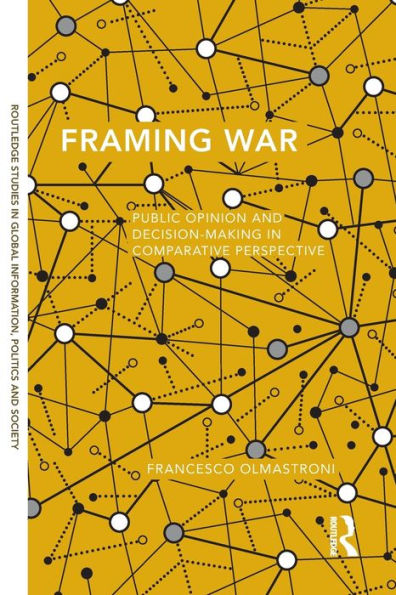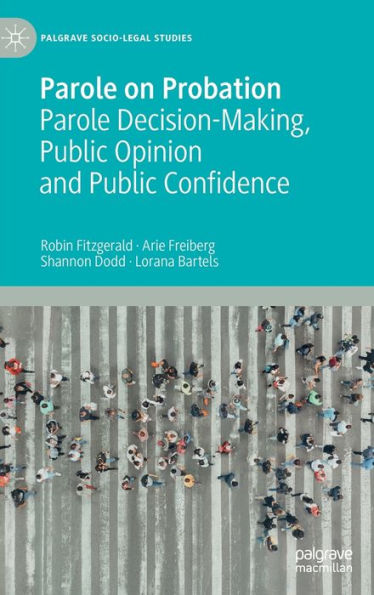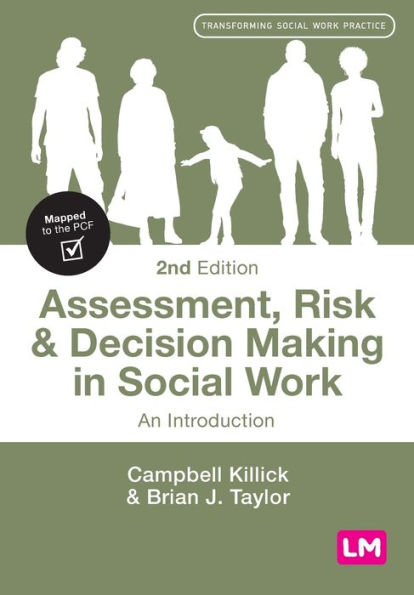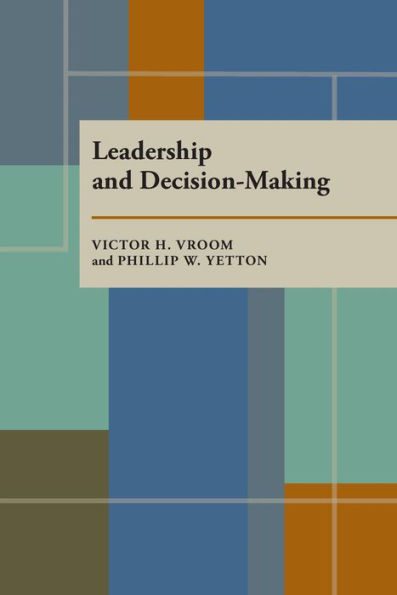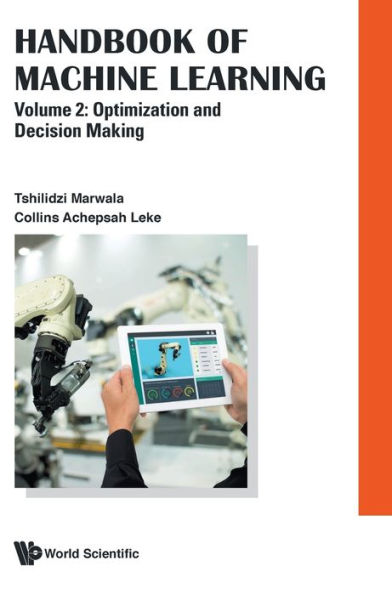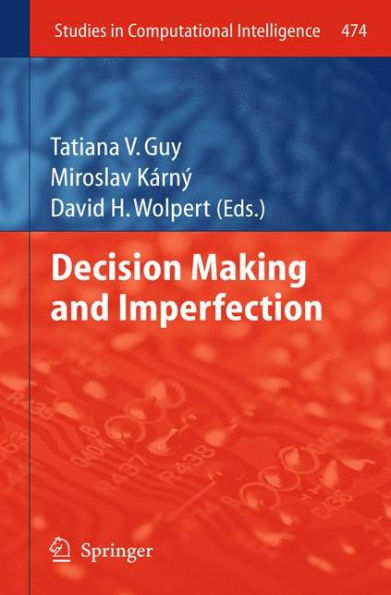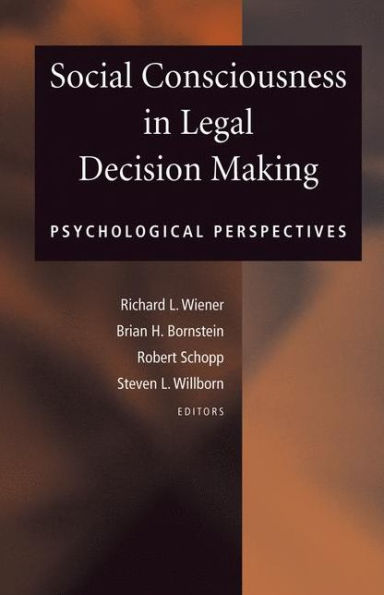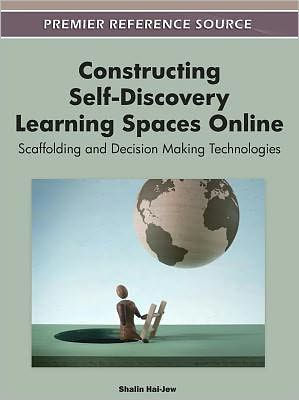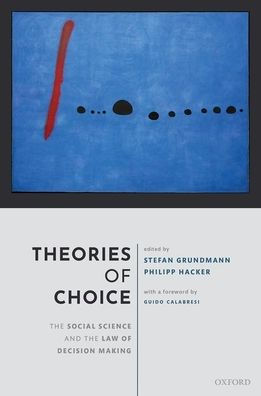Home
Social Learning: Opinion Formation and Decision-Making over Graphs
Barnes and Noble
Loading Inventory...
Social Learning: Opinion Formation and Decision-Making over Graphs
Current price: $135.00
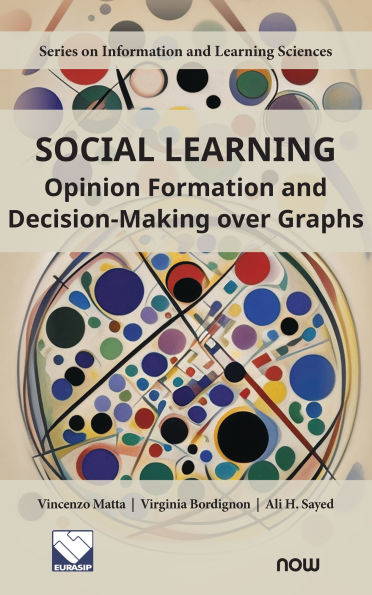
Barnes and Noble
Social Learning: Opinion Formation and Decision-Making over Graphs
Current price: $135.00
Loading Inventory...
Size: OS
*Product information may vary - to confirm product availability, pricing, shipping and return information please contact Barnes and Noble
Complex cognitive systems, such as social networks, robotic swarms, or biological networks, are composed of individual entities (the agents) whose actions typically arise from some sophisticated form of “social” interaction with other agents. For example, consider the way humans form their individual opinions about a certain phenomenon. The opinions take shape via repeated interactions with other individuals, whether through physical contact or virtually. A diffusion mechanism emerges through which opinions, information, or even fake news propagate.
Social learning also arises over man-made systems in the form of decision-making strategies by multiple agents interacting over a network. Consider a robotic swarm deployed over a hazardous area, where some robots operating under disadvantageous conditions (e.g., with limited visibility or partial information) would only be able to perform their task (such as saving a life during a rescue operation) by leveraging significant cooperation from other robots that have better access to critical information. Nature itself provides many other excellent examples of cooperative learning in the form of biological networks.
The main topic of this book relates to mechanisms for information diffusion and decision-making over graphs, and the study of how agents’ decisions evolve dynamically through interactions with neighbors and the environment.
Social learning also arises over man-made systems in the form of decision-making strategies by multiple agents interacting over a network. Consider a robotic swarm deployed over a hazardous area, where some robots operating under disadvantageous conditions (e.g., with limited visibility or partial information) would only be able to perform their task (such as saving a life during a rescue operation) by leveraging significant cooperation from other robots that have better access to critical information. Nature itself provides many other excellent examples of cooperative learning in the form of biological networks.
The main topic of this book relates to mechanisms for information diffusion and decision-making over graphs, and the study of how agents’ decisions evolve dynamically through interactions with neighbors and the environment.
Complex cognitive systems, such as social networks, robotic swarms, or biological networks, are composed of individual entities (the agents) whose actions typically arise from some sophisticated form of “social” interaction with other agents. For example, consider the way humans form their individual opinions about a certain phenomenon. The opinions take shape via repeated interactions with other individuals, whether through physical contact or virtually. A diffusion mechanism emerges through which opinions, information, or even fake news propagate.
Social learning also arises over man-made systems in the form of decision-making strategies by multiple agents interacting over a network. Consider a robotic swarm deployed over a hazardous area, where some robots operating under disadvantageous conditions (e.g., with limited visibility or partial information) would only be able to perform their task (such as saving a life during a rescue operation) by leveraging significant cooperation from other robots that have better access to critical information. Nature itself provides many other excellent examples of cooperative learning in the form of biological networks.
The main topic of this book relates to mechanisms for information diffusion and decision-making over graphs, and the study of how agents’ decisions evolve dynamically through interactions with neighbors and the environment.
Social learning also arises over man-made systems in the form of decision-making strategies by multiple agents interacting over a network. Consider a robotic swarm deployed over a hazardous area, where some robots operating under disadvantageous conditions (e.g., with limited visibility or partial information) would only be able to perform their task (such as saving a life during a rescue operation) by leveraging significant cooperation from other robots that have better access to critical information. Nature itself provides many other excellent examples of cooperative learning in the form of biological networks.
The main topic of this book relates to mechanisms for information diffusion and decision-making over graphs, and the study of how agents’ decisions evolve dynamically through interactions with neighbors and the environment.
